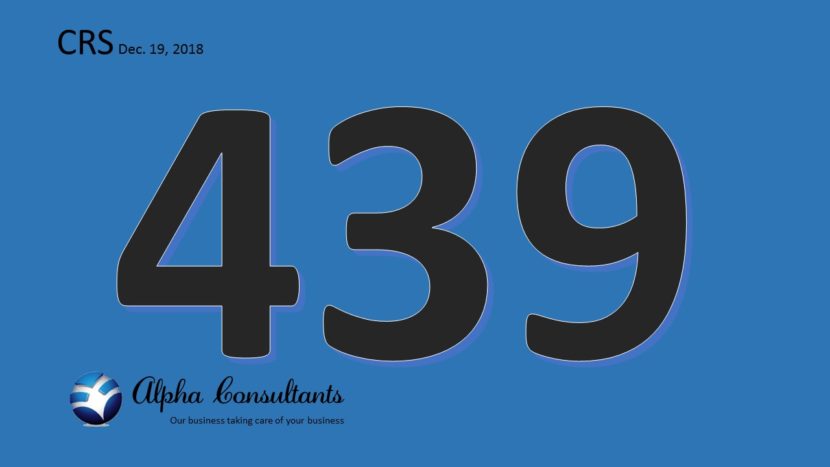Express Entry invitation record drops minimum score to lowest of 2018
Invitations reach 89,800 while minimum score drops to 439
Canada set a new Express Entry invitation record Wednesday in a draw featuring the lowest minimum score of 2018.
The December 19 draw issued 3,900 invitations to apply for Canadian permanent residence to Express Entry candidates with scores as low as 439.
Express Entry manages the pool of candidates for Canada’s three Federal High Skilled economic immigration programs — the Federal Skilled Worker Class, Federal Skilled Trades Class and Canadian Experience Class.
Eligible candidates are given a score under Express Entry’s Comprehensive Ranking System (CRS) based on factors such as age, education, work experience and proficiency in English or French. This score determines their position in the Express Entry pool, and a set number of the highest-ranked candidates receive Invitations to Apply, or ITAs, through regular draws.
Today’s draw marks the first time in 2018 that the minimum score has dropped below 440. This is likely explained by the fact the Government of Canada maintained a large draw size while only allowing one week to elapse between draws from the Express Entry pool. The period between Express Entry draws is usually two weeks.

A shorter time between draws means fewer candidates have an opportunity to enter a profile in the Express Entry pool. When this is combined with a large draw size, the effect can be a reduced minimum score.
Immigration, Refugees and Citizenship Canada (IRCC) used its tie-break rule in the December 19 draw. The time stamp used was February 6, 2018, at 19:31:37 UTC. This means that all candidates with a CRS score above 439, as well as those candidates with scores of 439 who entered their profile in the Express Entry pool before February 6, 2018, at 19:31:37 UTC, received an ITA in this invitation round.
The 3,900 ITAs in today’s draw bring the 2018 total to 89,800, which is the most ITAs issued in a single year through the Express Entry system. The previous record was established in 2017, when IRCC issued 86,023 ITAs.

The record caps a fourth quarter that saw an unparalleled 27,300 ITAs issued over the course of seven draws.
The invitation record reflects Canada’s increased admissions target through its Federal High Skilled immigration category, which is set to rise in 2019 to 81,400. This is an increase of 6,500 new admissions over 2018’s target of 74,900.
The majority of candidates admitted to Canada through the Federal High Skilled category have their applications for permanent resident status processed through the Express Entry system.
The following are hypothetical examples of candidates who would have obtained an ITA in the December 19 draw:
Basel and Rose are 29 and 33 years old, respectively. They both hold a bachelor’s degree and have never worked or studied in Canada. Basel has been working as an analyst for three years while Rose has been working as a librarian. Basel and Rose both took the IELTS English language test and obtained 8 in each category. Basel applied as the principal applicant. Their CRS score of 440 would have been sufficient to obtain an ITA in the December 19 draw.
Maxime is 30 years old, holds a bachelor’s degree and has been working as an event planner for four years. While Maxime has never worked or studied in Canada, he has a brother who is a Canadian citizen. Maxime took the IELTS test and obtained a score equivalent to CLB 9 in all categories. His CRS score of 439 would have been sufficient to obtain an ITA in today’s draw.
Nadia is 33 years old. She obtained her bachelor’s degree in Canada but she has never worked there. Nadia has been working as an administrative assistant for three years. She took the IELTS exam and obtained 8 in the speaking and listening categories and received a score of 7 in both reading and writing. Her CRS score of 440 would have been sufficient to obtain an ITA in the December 19 draw.

